Rise & recline chairs are an ideal choice for anyone living with reduced mobility.
They are designed to provide comfort and support when sitting and to take the strain off muscles and joints when moving to a standing position.
But which are the best riser recliner chairs and how do you choose a riser recliner chair for your needs?
In this guide, we’ll explore the different types of recliners, from single to dual motor, and the recliner chair dimensions you need to know to get the perfect fit.
Rise & recline chairs are electrically operated chairs that assist you in moving from a seated to a standing position – and vice versa – via a remote control. They also offer reclining functions that allow you to lie back and raise your legs for improved comfort and circulation.
Whether you’re looking for a chair for everyday relaxation or additional support due to a disability or mobility condition, a riser recliner chair is a practical, supportive, and comfortable option.
The most important step in choosing the best recliner chair for the elderly or anyone with reduced mobility is to understand your personal needs.
At Monarch Mobility, we take the time to discuss your specific requirements to ensure the chair will improve your health, lifestyle and comfort.
Ultimately, rise and recliner chairs should offer comfort and support when relaxing at home (and they’re also great when doing seated workouts!).
The cost of rise recliner chairs varies based on motor type, fabric, features, and size. Set a clear budget and prioritise the functions you need most – whether that’s pressure relief cushioning, extra lumbar support, or enhanced recline angles.
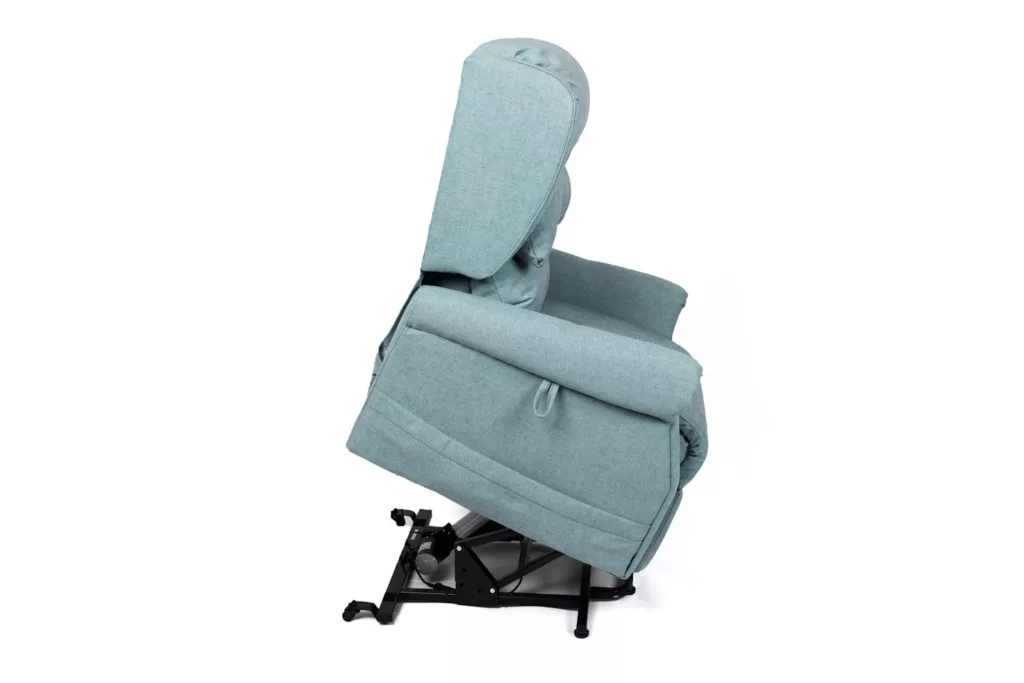
When looking for the best riser recliner chair for your needs, you will need to consider the size, style, and functionality.
Recliner chairs usually have either a single or dual motor, but what’s the difference between single and dual motor riser recliner chairs?
When choosing a riser recliner, consider the reclining position and mechanism:
The backrest plays a very important role in posture and comfort, especially if you are seated for long periods. There are several backrest options:
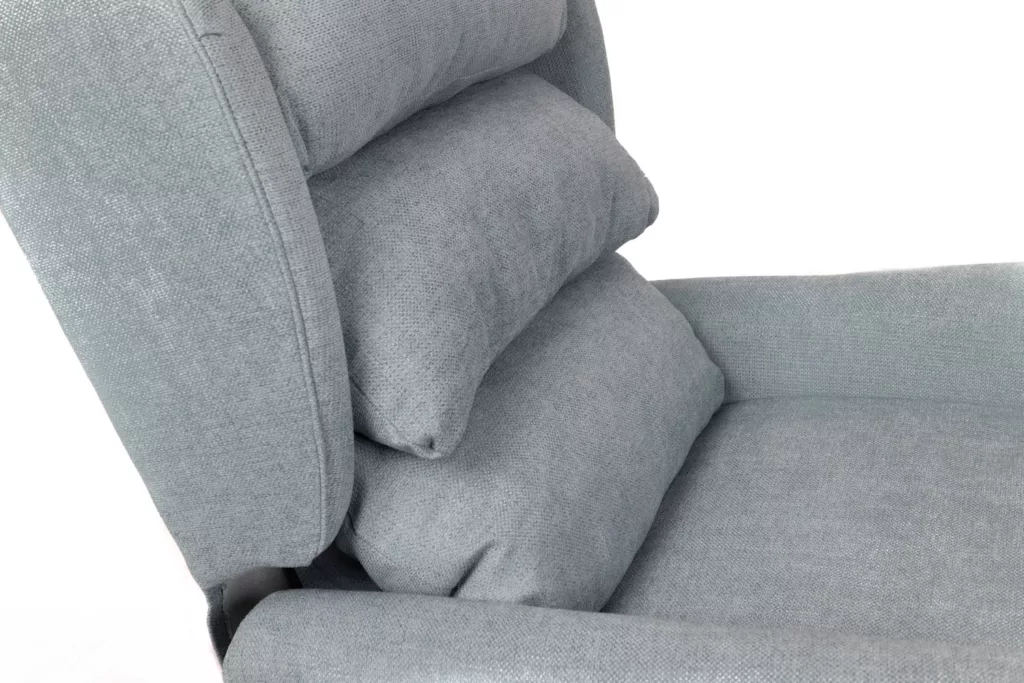
We all come in different shapes and sizes, so it’s important to check the weight capacity of your rise and recline chair.
How do you measure for a riser recliner chair? Getting the recliner chair measurements right is essential to ensure it fits you and the space in your home comfortably. Key measurements include:
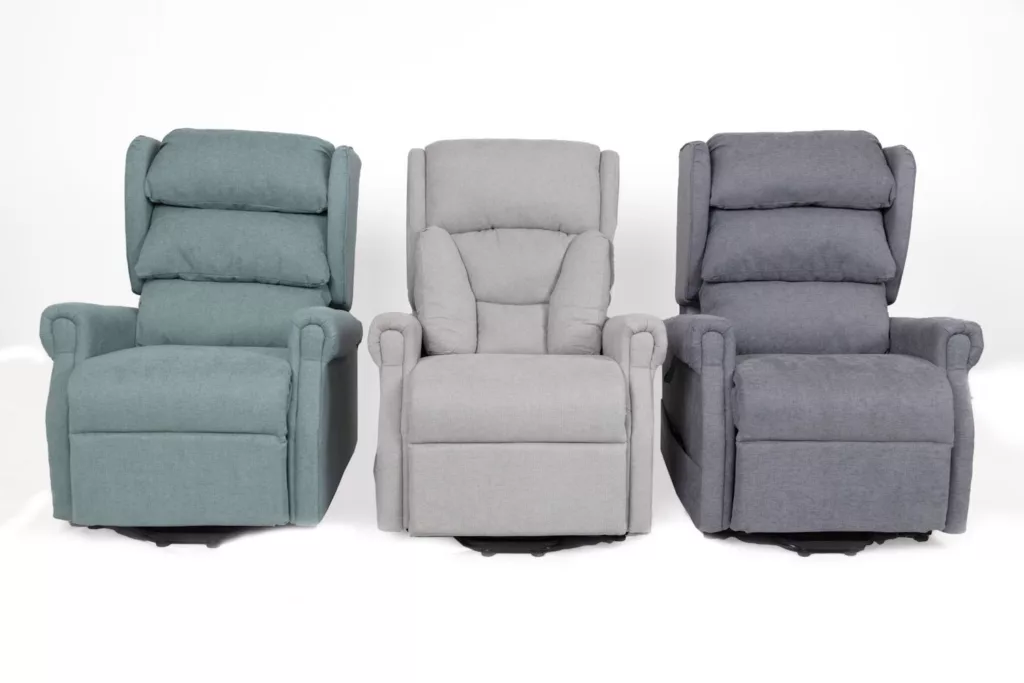
We hope this guide has given you some useful insights into what features to look for in a recliner chair.
At Monarch Mobility, we’ve taken everything above into account to design our Rise & Recline Chair, which includes:
View our Rise N Recline Chair today or speak to our mobility experts.
Popping out for an appointment, going shopping, or meeting friends shouldn’t be dependent on the weather. But if you are a mobility scooter user, it’s natural to worry about getting caught in the rain – and how moisture might affect your scooter..
The good news is that mobility scooters can be used in light rain – you just need to take a few precautions to limit water exposure.
Here are some expert tips for using your scooter safely and confidently in wet weather.
A question many people ask us is: “Is it okay if my scooter gets rained on?” The short answer is yes, but with care. While it’s best to avoid using your scooter in heavy downpours, sometimes you cannot avoid going out when the rain comes down.
Light rain typically won’t damage your scooter if you take steps to protect it – especially the electronics. Keeping your scooter covered and ensuring water doesn’t seep into key areas like the control panel or battery charging port will help maintain its performance.
Protect your mobility scooter from water damage with these simple steps:
If you and your mobility scooter get caught in the rain, follow these steps:
At Monarch Mobility, we believe that a little rain shouldn’t hold you back. That’s why we offer a range of all-weather solutions — from mobility scooter rain covers to our fully road-legal Storm+ mobility scooter with a hard canopy.
Need advice on staying mobile come rain or shine? Speak to one of our friendly team members or request a free home demonstration today.
If you live with a disability, you could be eligible for disabled discounts on travel, entertainment, and other services. From disabled travel passes to free companion tickets and road tax discount for disabled drivers, there are many ways to save – if you know where to look.
With a disabled travel pass, you can enjoy free or reduced fares on travel across the UK. Whether it’s by rail, bus, or plane, there are various options designed to make transport more accessible and affordable, and give you more independence.
The Disabled Persons Railcard offers 1/3 off most rail fares in the UK for you and one companion. At just £20 for one year or £54 for three, it’s a great way to save on regular travel.
As well as discounts on rail travel for you and a companion, you can also get money off restaurants and hotels. What’s more, you can use your railcard at any time of the day!
You can apply for a disabled person’s bus pass across the UK, granting you free or reduced travel costs on local services. On some services a companion can also travel for free. Schemes run in England, Wales, Scotland, and Northern Ireland.
If you live in London, you may be eligible for a Freedom Pass, which offers free access to buses, tubes, and TfL Rail. To get a disability freedom pass. you need to live in London and have a statutory disability as listed in the Transport Act 2000.
If you have a disability or reduced mobility, you can request assistance from your airline at no extra cost. This usually includes getting help at check-in, moving through the airport, and boarding and disembarking. You can usually also choose your seat for free!
Discover more about travelling on public transport and planes with a mobility scooter.
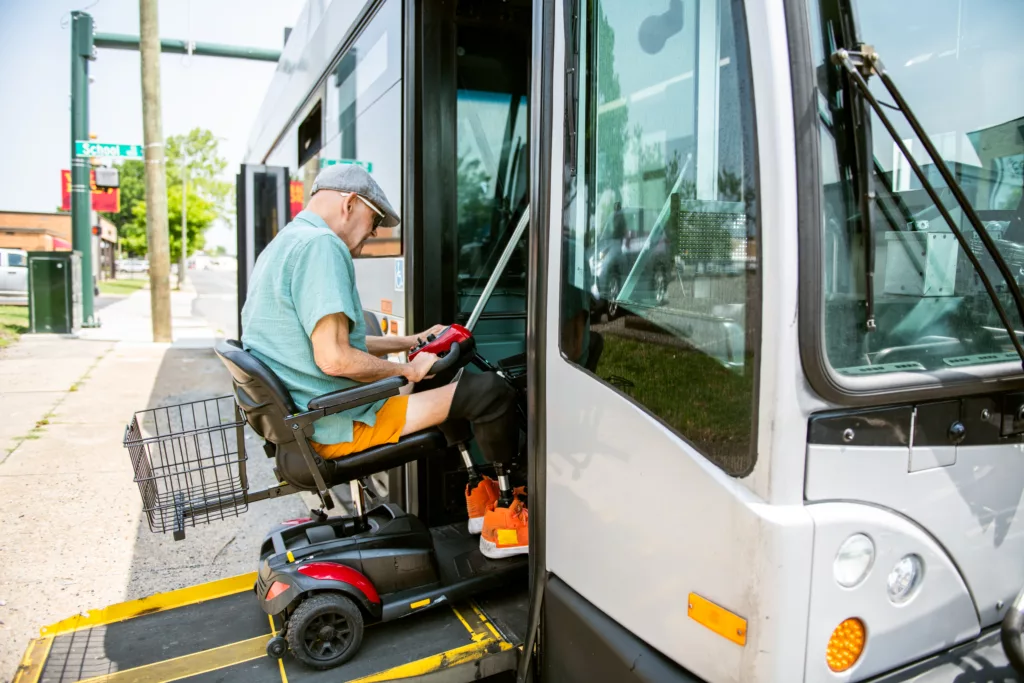
Driving can remain a convenient option for many people with disabilities, especially with the help of mobility aids. From easier parking access to road tax discounts for disabled drivers, there are several ways to reduce your travel costs while staying on the move.
The Blue Badge scheme allows access to disabled parking bays and often free or reduced parking. They last up to 3 years and cost £10 in England and Northern Ireland, £20 in Scotland, and are free in Wales. To apply for a Blue Badge, you’ll need to go through your local council. Be ready to provide a digital photo; proof of your identity, address and benefits; and your National Insurance number.
If you have a folding mobility scooter that you can lift into your car, it’s a great way to get about!
If you receive qualifying disability benefits like PIP, you may be eligible for a road tax discount for disabled drivers – either 50% off or total exemption. You’ll still need to tax your vehicle, though, even if no payment is required.
Find out if you qualify for vehicle tax exemption on the government website. You can claim your exemption when you apply for your vehicle tax.
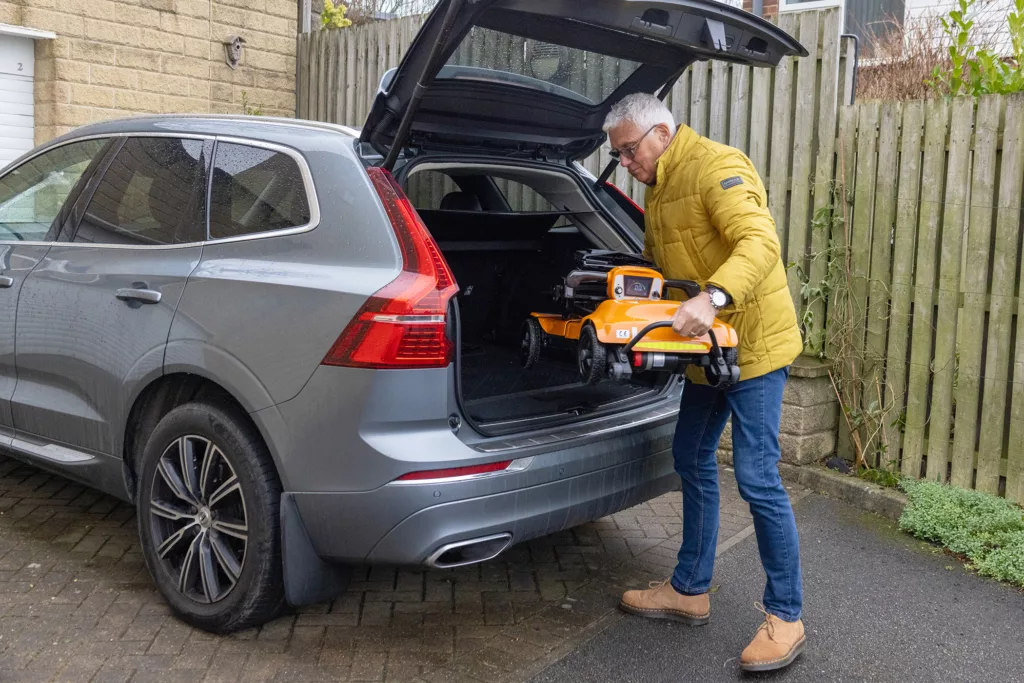
From theme parks, museums and live events, many entertainment venues offer discount passes for disabled visitors.
Several disabled discount cards are available in the UK, offering reduced cost and easy access on a range of days out. However, it’s always worth contacting the venue in advance to see if they offer any discounts for disabled visitors or their carers.
From theme parks, museums and live events, many entertainment venues offer discount passes for disabled visitors.
Several disabled discount cards are available in the UK, offering reduced cost and easy access on a range of days out. However, it’s always worth contacting the venue in advance to see if they offer any discounts for disabled visitors or their carers.
For £15, and valid for three years, the Access Card helps venues understand your access needs through easy-to-read symbols – like needing a wheelchair space or help with queuing.
A Radar Key provides access to over 9,000 locked accessible toilets in public areas like shopping centres and train stations. They’re available through local councils or can be purchased from Disability Rights UK for £5.
Purpl Discounts is a membership card scheme that secures offers for attractions such as the London Eye, LEGOLAND and Warwick Castle.
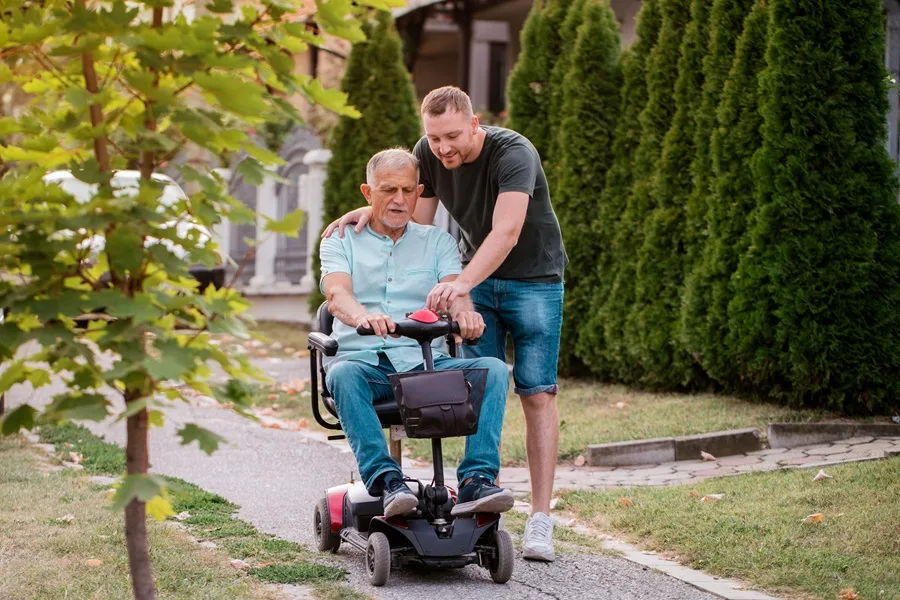
Your friend, family member, or carer may be eligible for a carer’s ticket, giving them free or discounted access when accompanying you on activities or days out:
Whether you’re shopping, sightseeing, or hopping on public transport, Monarch Mobility is here to help you stay mobile.
Our range of foldable mobility scooters is perfect for bus, train, car, or plane travel – helping you enjoy a range of activities in comfort and with confidence.
Browse our mobility scooters or book a free home demo today!
Electric wheelchairs – or powerchairs, as they’re also known – are a lifeline for many people, offering increased independence and everyday mobility. To keep your powerchair running smoothly and ensure its longevity, regular care and maintenance are essential.
In this guide, mobility specialists Monarch Mobility share expert tips on electric wheelchair maintenance, including how often to service your chair, how to clean it, and what to do if something goes wrong.
Looking after your powered wheelchair isn’t just about keeping it looking good – it’s about ensuring continued safety, comfort, and performance. Regular cleaning, routine servicing, and simple maintenance checks can help you avoid unexpected breakdowns, keep repair costs down, and ensure you stay mobile for longer.
This wheelchair cleaning checklist and maintenance guide will help keep your powerchair in peak condition!
The battery is the most vital part of your powerchair, so it’s important to make sure it’s charged correctly to maximise range and performance.
Keeping tyres pumped at the correct pressure improves manoeuvrability and reduces battery strain.
Faulty brakes can be dangerous for you and other members of the public.
The cushions on your electric wheelchair provide comfort and support, so it’s essential to look after them.
These often get bumped and knocked and can easily become damaged.
Do wheelchairs need to be oiled? Absolutely! Lubricating helps reduce wear and keeps your powerchair driving smoothly.
Keeping your powerchair clean is crucial for hygiene and optimal function. It’s also a great way to spot early signs of damage.
Protecting your powerchair from the elements will ensure it runs more smoothly for longer.
Whilst not essential, regular servicing is encouraged. Just like a car, a powerchair has electrical components, batteries, tyres, and other moving parts that wear over time. Servicing ensures everything is functioning correctly and helps extend the lifespan of your equipment.
We recommend giving your powerchair a quick maintenance check every month and booking a professional service once a year. This ensures that the internal components – which aren’t easily visible – are working as they should.
If you spot something wrong with your electric wheelchair, check your manual for troubleshooting ideas. If you are unable to fix your powerchair yourself, contact a certified powered wheelchair specialist who will be able to advise you on the best course of action.
A well-maintained electric wheelchair helps you stay mobile, safe, and independent. Following a regular cleaning and maintenance routine will give you peace of mind and ensure your powerchair supports your daily life.
For advice on buying a new or replacement powerchair, contact our friendly team at Monarch Mobility – the UK’s experts in powered mobility aids.
Your home should be a place of safety, comfort, and independence, whatever your stage in life. If you’re elderly or living with a disability and need help with mobility in your home, you may need to make some practical adaptations to improve accessibility. From simple grab rails to full wheelchair-friendly layouts, these changes can significantly enhance your quality of life.
This guide explores accessible home adaptations for the disabled and the elderly, including funding options, practical solutions, and how Monarch Mobility can support your journey.
Improving your home’s accessibility isn’t just about safety – it can enhance your independence, comfort, and confidence.
By reducing everyday barriers, these changes help elderly and disabled individuals to live comfortably at home for longer, providing peace of mind for you and your loved ones.
Every person is different, and so are their mobility requirements. Before making changes, it’s important to consider which adaptations will support you the most.
A Care Needs Assessment from your local council is a great first step. This free service evaluates the kind of equipment or adaptations that would help support your daily life.
So, how do you adapt a home for the elderly? From your entrance path to your bathroom, your home will likely have lots of potential to be adapted to make it safer and more accessible. Let’s take a look at some of the key areas:
The approach to your home should be smooth and accessible:
If you have difficulty opening or entering your door, these accessible door solutions may help:
Narrow doorways can make moving between rooms a challenge:
Make the heart of the home safe and easier to navigate:
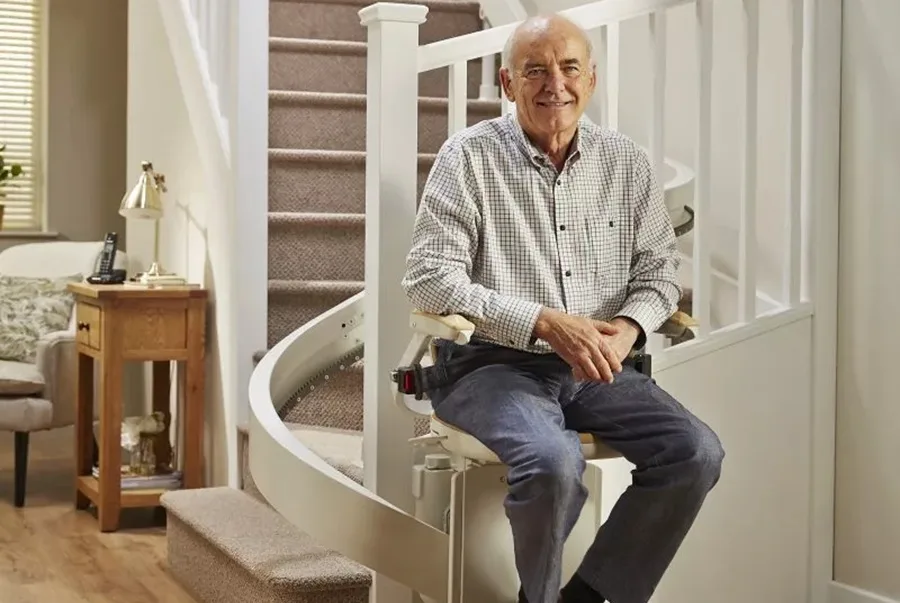
If stairs are a challenge, there are a few stair aids to consider:
Adaptations in the bathroom can reduce risks of slips and falls and provide support for the elderly:
Good mobility in your home depends on space and layout:
Specialist mobility furniture can increase your comfort and safety, they include aids for getting in and out of bed and reclining chairs:
Who pays for home adaptations? If you are worried about the cost of accessible house adaptations for disabled or elderly living, there could be funding available to you.
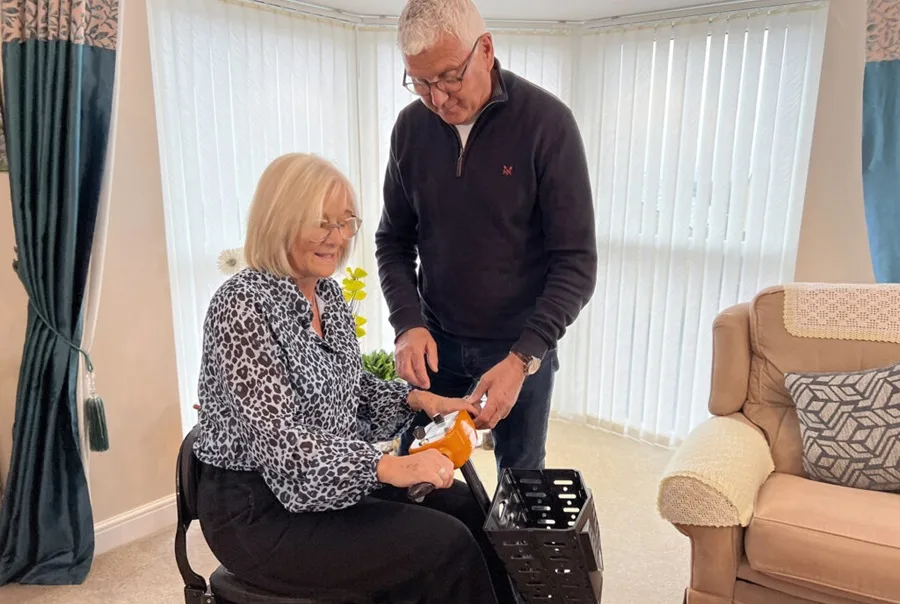
Making your home more accessible is more than just comfort – it’s about maintaining your independence and quality of life. Whether you install a simple disabled hand rail or a complete wet room, there are solutions to suit every home and every need.
Monarch Mobility provides a range of home aids for the elderly, from mobility scooters and rise recliner chairs to threshold ramps.
Contact the team to see how we can help make your everyday living easier.
Heading out on a mobility scooter should open up new opportunities to socialise, shop, explore, and enjoy your independence. However, there are some key safety tips to keep in mind to protect both yourself and your scooter and avoid any mobility scooters accidents.
Here are our top tips for mobility scooter safety:
If you’re new to using a mobility scooter – or are switching to a different model – it’s essential to get to know how it works before you head out. Test the controls, see how it handles, and learn how fast it can go. The more confident you are with handling your mobility scooter, the safer you’ll feel when you’re out and about.
If you’re heading somewhere new, it’s helpful to find out in advance if there are any narrow paths, steep hills or unusual obstacles that you may need to navigate.
One question we often get asked is “Can mobility scooters topple over?”. The answer is yes they can! Indeed one of the most common causes of injury is caused by going over steep kerbs and tipping over. To avoid this, use dropped kerbs where possible and make sure that you approach kerbs head-on.
Travelling by public transport? Read our guide to using your mobility scooter on the bus, train or tube.
Before you leave home, make sure your battery has sufficient charge and will safely take you to your destination and back again.
Want more battery care tips? Check out our mobility scooter battery care blog.
Good planning helps reduce stress and ensures your trip isn’t rushed. Remember to pack some essential items to take with you, including water, any medication, your mobile phone, emergency contact details, and a coat and/or waterproof jacket in case of unpredictable weather.
It’s a good idea to let a friend or neighbour know where you are going and when you are likely to be back, just in case of any unforeseen issues. It’s a small step that can be very helpful in case of an emergency.
Regular maintenance can help keep your scooter safe, comfortable and reliable.
As part of your maintenance routine, give it a good clean, check key components, and schedule a service to catch faults before they become a safety problem.
Whether you are a class 2 or class 3 mobility scooter user it’s important to understand the rules of the road to avoid mobility scooter accidents.
Make sure you focus on your journey without any distractions (such as your mobile phone), stick to the relevant speed limit, always take care around pedestrians, and look both ways when crossing roads.
Make sure you can see and be seen; use lights if there are any on your scooter, and wear hi vis to be more visible – especially on road-legal mobility scooters.
And finally, don’t drink and drive on your mobility scooter!
To keep your mobility scooter from being stolen – and potentially leaving you stranded on your outing – it’s worth investing in a lock, clamp or alarm for your mobility scooter. These small additions can be a big deterrent, especially when your scooter is parked in public places.
Want to know how to keep a mobility scooter safe and secure at home? Take a look at our advice on ways to store your mobility scooter.
In case of any accidents to you or your scooter, it’s worth taking out mobility scooter insurance for peace of mind. While not legally required, it can protect you in case of accidental damage, theft, or public liability. Some policies also offer breakdown assistance, helping you get home safely if your mobility scooter fails mid-journey.
At Monarch Mobility, we know that having a scooter that you feel comfortable and confident driving will make you safer and happier. That’s why we offer free home demos to ensure you’re getting the right product for your lifestyle and needs.
From compact folding scooters to powerful road-ready models, our team is here to help you stay mobile, independent, and safe.
Explore our range online or contact us today to book your free home demonstration.
Will you be joining us at the Motability Harrogate event on the 1st and 2nd of August?